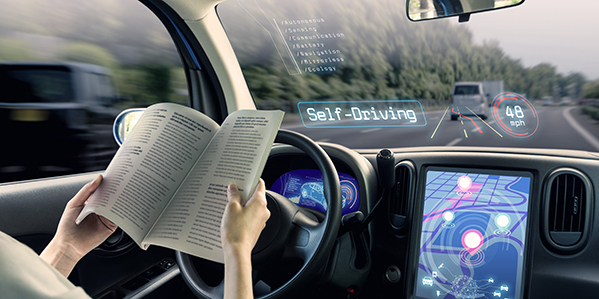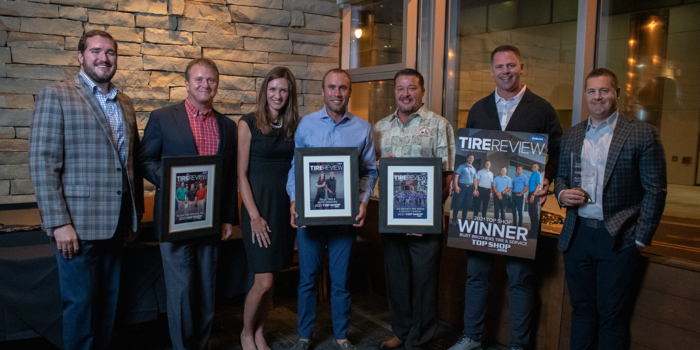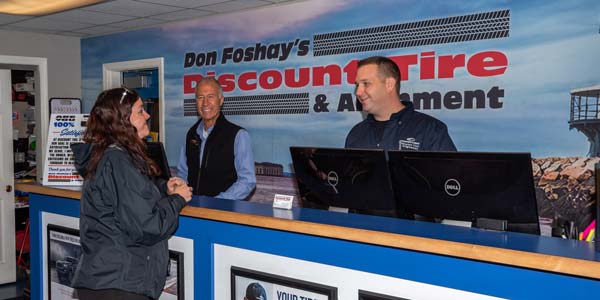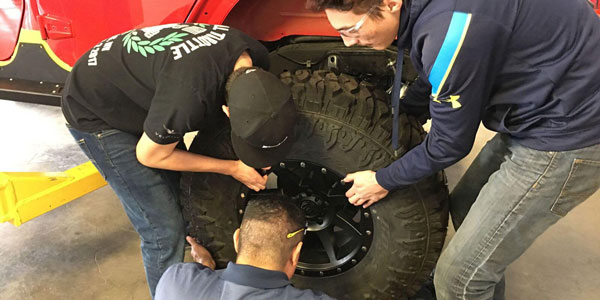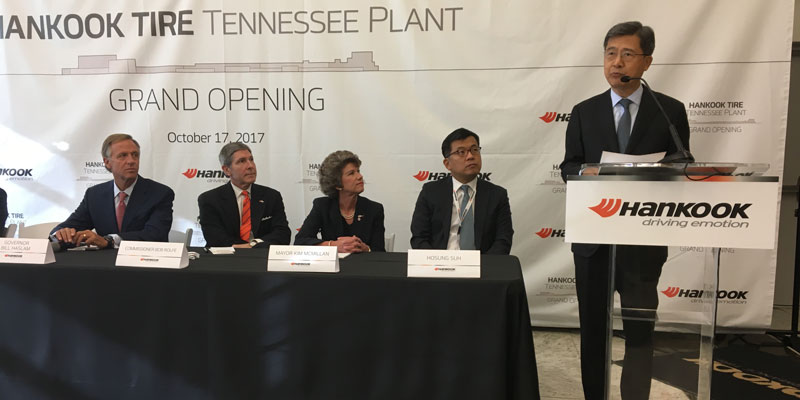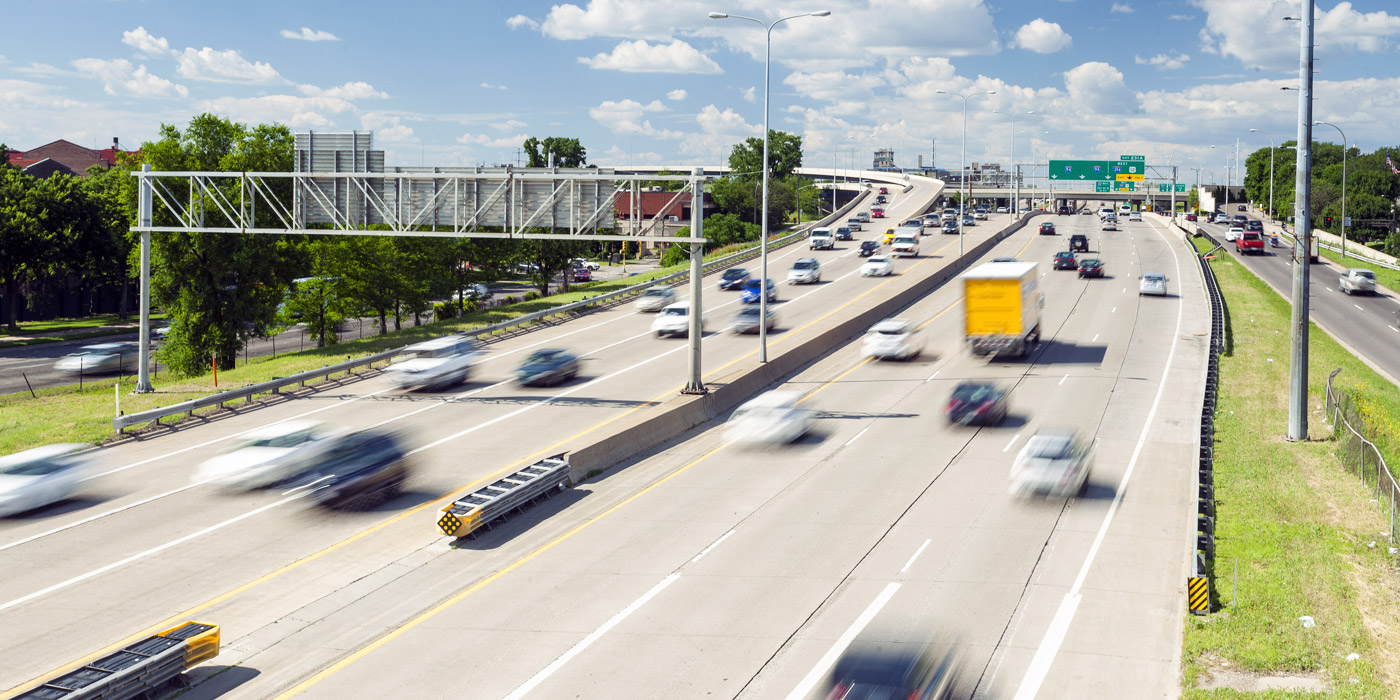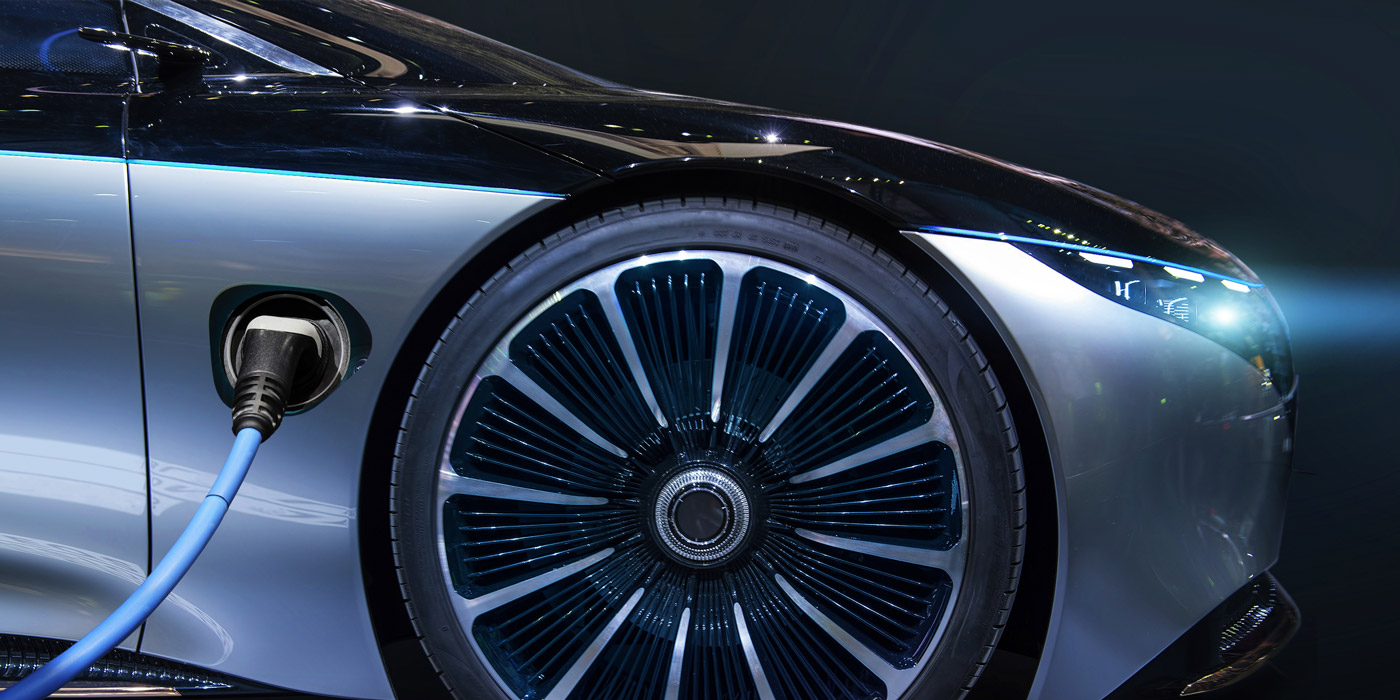Every single day of the year millions of Americans climb into vehicles we know nothing about, driven by people we have never met, and we voluntarily pay for that experience. We know nothing about the safety of the car, competence of the driver, or even the road conditions ahead. Yet, 78% of Americans admit to being afraid to ride in a fully autonomous car, a car that would be continuously monitored for safety, controlled by a program with literally hundreds of millions of miles of training, and feature a live feed on road conditions ahead.
It is my opinion that “loss of control,” not technology, will be the biggest challenge facing the wide scale acceptance of Autonomous Vehicles (AVs) for personal use. We humans need to feel in control, even when we intellectually know that it is a false sense of control. Since the onset of computer automation, humans have struggled with the notion that our personal safety would be in the “hands” of a machine, and not another human.
The transition to AVs for commercial uses, on the other hand, will face a much more complex challenge. Industry will want to move quickly into the use of AV technology in order to achieve a cost advantage, whereas labor will fight the change in order to protect their livelihoods. Both will be fighting for economic survival, and government will be inclined to involve itself in the battle.
For example, taxis, ride-hailing services, and freight lines are all competing in highly commoditized industries where the failure to seek out and adapt cost-saving technologies will result in their eventual failure. AV technology brings with it the ability to reduce labor costs, fuel costs, insurance costs, and the opportunity to more fully utilize the vehicle asset. Industry really has no choice but to transition, and the winners will be the ones that do it most quickly and systematically.
Weigh that against the 4 million professional drivers in the U.S. whose jobs will eventually be lost to the technology, and you can quickly see where a problem will arise. A significant number of those 4 million professional drivers are represented by labor unions, and all of them are represented by elected politicians. The unions will want to keep their members happy and fully employed so that they can keep their jobs, and politicians will want to keep their constituents happy and employed, so that they can keep theirs. This means that industry will likely be facing off against labor unions and government.
Back to our human fear over the loss of control though. It is estimated that 90% of all vehicle accidents are caused by human error. Human error could be attributed to distracted driving, driving faster than conditions allow, not following traffic laws, driving under the influence, or driving when tired. Will AVs be subject to these same errors? Based on what we can foresee, AVs will follow the traffic laws, won’t need to look down to text, won’t get tired, and it is unlikely they will ever operate under the influence of drugs or alcohol.
Can we assume that AVs will operate perfectly? The clear answer is no. But, they don’t need to be perfect; they just need to be better than us. AVs will be judged more harshly though. We can already see that every time there is an accident involving an AV, it will make headlines, as evidenced by the deadly crash of a Tesla in Florida, or the crash of Uber’s test Volvo in Arizona. This is much the same as what the aviation industry faces today. There is no question that flying is significantly safer than driving, yet every time there is a plane crash, it is big news.
But again, let’s get back to our fear over the loss of control. Is it possible for some nefarious force to hack into your AV and take control of the car? The consensus is yes. As long as the AV maintains contact with the outside world, which it will be designed to do, it will be subject to attack. The reality is that even though it is possible, the probability of “your” AV ever being hacked is exceedingly low. It will be about the same as your television, phone, or major household appliance being hacked (which we now know does occur), with the exception that you will be locked in a vehicle travelling at 55 mph. (Sorry, but I could not resist making this one fear mongering point.)
The transition to AVs for commercial purposes has already quietly begun to play out, as can be demonstrated by heavy equipment maker Komatsu’s introduction of its cabless Autonomous Haulage Vehicle (AHV) in 2016. The technology, which was first introduced in 2008 as the Autonomous Haulage System (AHS), relies on a high precision global positioning system, vehicle controllers, obstacle detection system, and wireless network system (all similar technologies as required for use in light vehicles). After hauling more than 1 billion tons of material in mines in Chile and Australia, Komatsu was able to demonstrate to its customers sufficient economic benefit to move from operator controlled vehicles to fully autonomous vehicles. Granted, the tightly controlled environment within a mining operation is much different than what would be faced on public roads, but economics still drove the change.
Moving to the much more complex urban environment, the race to develop self-driving technology has been very much in the public eye as tech companies Nutonomy, Lyft, Waymo and Uber, among others, link up with the automotive OEMs to form technology partnerships. With human co-pilots in place to take over when necessary, these companies are accumulating millions of miles real world data that will allow artificial intelligence learn how to perform better over each future mile, much the same way we humans learn to drive. Uber’s former CEO, Travis Kalanick, recognized the significance of self-driving technology to the very existence of his company when he was quoted as saying it was “existential to Uber’s future.”
In my view, it is clear that economics will drive the acceptance of autonomous vehicles for commercial purposes. It is happening now all around us whether we realize it or not. Successful companies will be those that rapidly adapt the technology rather than fight it. Labor will find itself once again in the cold economic reality that it must acquire whatever new skills are necessary to earn the highest wages possible. Government, if it is wise, will focus its efforts on retraining the workforce, and let technology advance as it will. If not, then those countries that do take the more adaptive approach will gain advantage over the U.S. This is what history teaches us.
Time will be what likely drives the wide scale acceptance of AVs for personal use. What I failed to mention earlier when I cited the statistic that 78% of Americans are afraid to ride in AVs is the age of the respondent. The older the respondent, the greater the probability the respondent will be afraid of AVs. The younger the respondent, the more accepting the respondent will be with AVs. As time passes, the younger generation, having grown up immersed in PlayStation or Xbox, will be eager to hand over control of vehicles so that they can have more time to text, tweet, snap, or whatever it is they do when they are hunched over staring at their cell phones. TR
Richard Smallwood is the president and CEO of Sumitomo Rubber North America and executive officer of Sumitomo Rubber Industries, Ltd.
From 2011-2015 he served as president and CEO of Falken Tire Corp.

